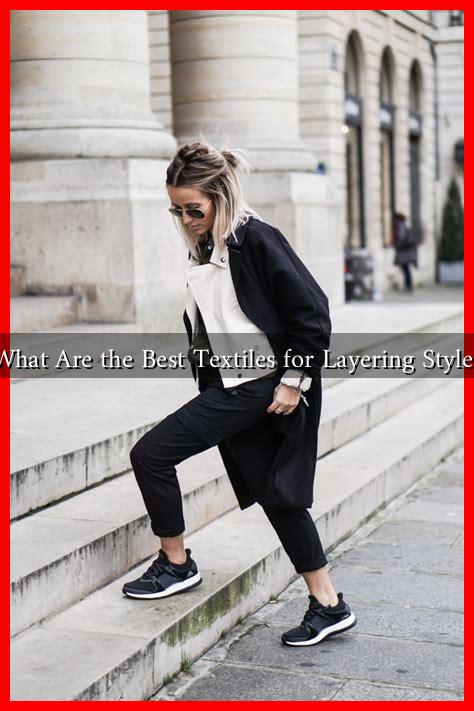-
Table of Contents
What Are the Best Textiles for Layering Styles
Layering is an essential technique in fashion that allows individuals to create versatile outfits suitable for various occasions and weather conditions. The key to successful layering lies in choosing the right textiles that not only complement each other but also provide comfort and functionality. In this article, we will explore the best textiles for layering styles, their unique properties, and how to effectively combine them for a chic and practical look.
Understanding Layering Textiles
Layering involves wearing multiple garments on top of one another, which can enhance warmth, add texture, and create visual interest. The choice of textiles plays a crucial role in achieving a balanced and stylish layered look. Here are some of the most popular textiles for layering:
- Cotton: A breathable and versatile fabric, cotton is perfect for base layers. It is soft against the skin and can absorb moisture, making it ideal for warmer climates.
- Wool: Known for its insulating properties, wool is excellent for mid-layers. It retains heat even when wet and is available in various weights, from lightweight merino to heavier wool blends.
- Silk: This luxurious fabric adds a touch of elegance to any outfit. Silk is lightweight and can be used as a base layer or a top layer, providing a smooth finish that drapes beautifully.
- Fleece: A synthetic fabric that offers warmth without bulk, fleece is perfect for outer layers. It is lightweight, quick-drying, and often used in jackets and pullovers.
- Denim: A classic textile that adds structure to layered outfits. Denim jackets or vests can serve as great outer layers, providing both style and durability.
Combining Textiles for Optimal Layering
When layering, it’s essential to consider the weight, texture, and function of each textile. Here are some tips for combining different fabrics effectively:
- Start with a Base Layer: Choose a lightweight, breathable fabric like cotton or silk. This layer should fit snugly against your body to wick moisture away.
- Add a Mid-Layer: Incorporate a warmer textile such as wool or fleece. This layer should provide insulation while allowing for movement.
- Finish with an Outer Layer: Opt for a durable and weather-resistant fabric like denim or a synthetic blend. This layer should protect against the elements while adding style.
Case Studies: Successful Layering in Fashion
Several fashion icons and brands have mastered the art of layering, showcasing how different textiles can be combined for stunning results. For instance:
- Street Style: Many street style influencers often layer oversized cotton tees with fitted wool sweaters and denim jackets, creating a balanced silhouette that is both comfortable and trendy.
- High Fashion: Designers like Ralph Lauren frequently use silk blouses under wool blazers, demonstrating how layering can elevate a simple outfit into a sophisticated ensemble.
- Outdoor Apparel: Brands like Patagonia emphasize the importance of layering in their collections, using fleece and technical fabrics to create functional yet stylish outdoor wear.
Statistics on Layering Trends
According to a survey conducted by the Fashion Institute of Technology, 68% of consumers prefer layering as a style choice during transitional seasons. Additionally, 45% of respondents indicated that they invest in quality layering pieces to enhance their wardrobe versatility. These statistics highlight the growing popularity of layering as a practical and fashionable approach to dressing.
Conclusion
Layering is an art that can transform your wardrobe and enhance your personal style. By understanding the best textiles for layering—such as cotton, wool, silk, fleece, and denim—you can create outfits that are not only stylish but also functional. Remember to consider the weight and texture of each fabric to achieve a balanced look. With the right combination of textiles, you can master the layering technique and adapt your style to any occasion or season.
For more insights on fashion layering techniques, check out Vogue’s Fashion Section.

